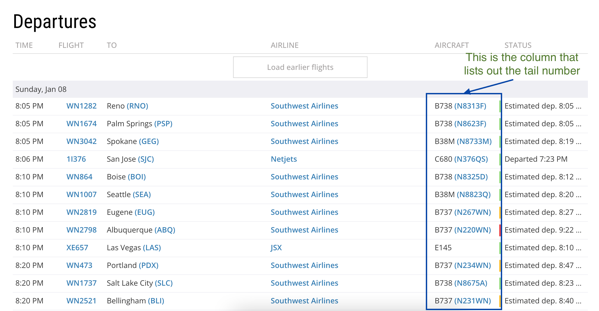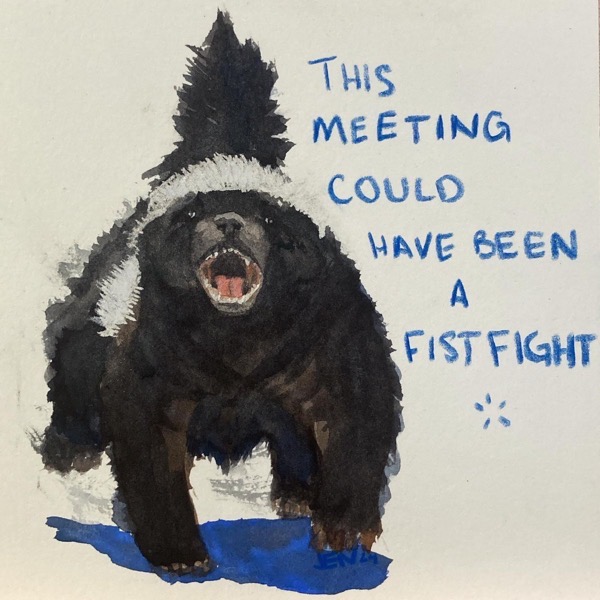- August, 2025
-
Steve Woz's interview on his 75th birthday
Slashdot picked up a story about Steve Woz's interview on his 75th birthday.
And Setve Woz dropped by Slashdot to leave this comment
I gave all my Apple wealth away because wealth and power are not what I live for. I have a lot of fun and happiness. I funded a lot of important museums and arts groups in San Jose, the city of my birth, and they named a street after me for being good. I now speak publicly and have risen to the top. I have no idea how much I have but after speaking for 20 years it might be $10M plus a couple of homes. I never look for any type of tax dodge. I earn money from my labor and pay something like 55% combined tax on it. I am the happiest person ever. Life to me was never about accomplishment, but about Happiness, which is Smiles minus Frowns. I developed these philosophies when I was 18-20 years old and I never sold out.
- July, 2025
-
One Weird Trick to Fix Linker Errors on Apple Silicon After Restore
This post might be useful for maybe like 10 people who are running into issues when compiling software on Apple M* machines.
If you run into error like this:
ld: warning: ignoring file '/usr/local/lib/libpng.dylib': found architecture 'x86_64', required architecture 'arm64'
ld: warning: ignoring file '/usr/local/lib/libavformat.dylib': found architecture 'x86_64', required architecture 'arm64'And you have installed these packages using brew. I verified that these dylibs are definitely for x86_64 and the linker was not going crazy. (use
lipo -archs /usr/local/lib/libavformat.dylib)Well, that was caused because I had installed the new M3 macbook from backup (Timemachine) and the backup was created from an x86_64.
The fix is described here
brew bundle dump --global
/bin/bash -c "$(curl -fsSL https://raw.githubusercontent.com/Homebrew/install/HEAD/uninstall.sh)"
/bin/bash -c "$(curl -fsSL https://raw.githubusercontent.com/Homebrew/install/HEAD/install.sh)"
brew bundle install --globalThis first creates a
~/.Brewfileand then installs back those packages. -
Notes on Delhi
Came across this Indian Express article about the experiences of the American Ambassador to India and I was surprised on how closely it matches my own experiences and thoughts about Delhi.
If you want to experience humanity at its fullest, this is the city for you.
This is something that stood out. Delhi shows you the full spectrum on humans in a day: You will see people on the streets - ignored by everyone and you will see politicians surrounded by 10s of escort cars. You will see the fashion parade of people haggling for the latest trends in Sarojini Nagar, and then a family dressed in the most traditional on way to attend a wedding. You will encounter pickpockets and swindlers trying to one-up you and you will see a generous man feeding a street dog half his lunch.
Delhi is a city of secrets… everything’s hidden
.. in plain sight. It doesn’t explain itself, but if you’ve lived here long enough, you stop needing explanations. You start reading the city like a layered book—noise and grace, chaos and intimacy, pride and vulnerability, all crammed into the same lane.
For better or worse, Delhi teaches you how to pay attention.
- October, 2024
-
-
- August, 2024
-
- January, 2023
-
How to use flight tail numbers to track flights
This is a useful tool for people to check the status of a commercial flight using the tail number of the airplane, without the need to subscribe to any services. As a passenger, this is useful because you can see where the airplane scheduled to fly you is currently, which can help keep track of delays and cancellations.
The first step is to find the tail number of the flight that you are scheduled to take. Head to the airports page of flightradar24 and get to the page of the airport that you will be flying out of. For example, if you are flying out of Oakland, California, this would be https://www.flightradar24.com/data/airports/oak. On that page, click the "Departures" tab. This will give a list of flights, along with their tail numbers.

For example, assuming that you are flying on the 8:05 PM Southwest flight to Reno (WN1282), the tail number is under the "Aircraft" column (N8313F).
Once you have the tail number, you can use flightaware.com to track the schedule, current location, flight path. Just put the tail number into the search box. Another useful tool is airfleets.com, which can show complete airplane details, as well as links to adsbexchange.
Defined tags for this entry: geek stuff, life
Page 1 of 60, totaling 418 entries



